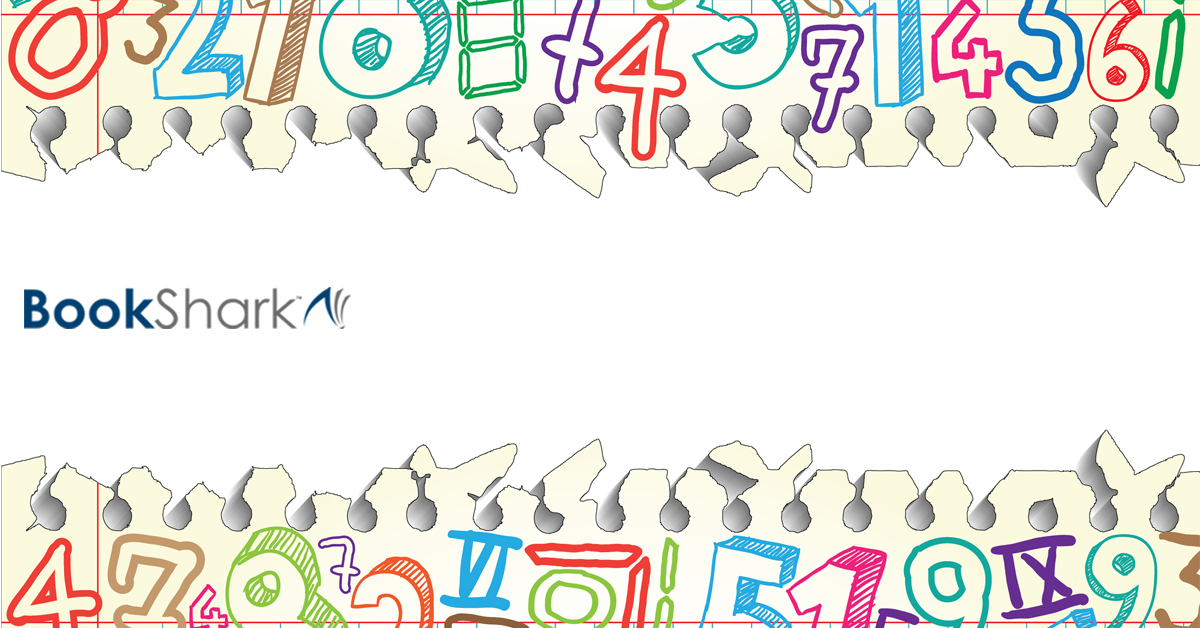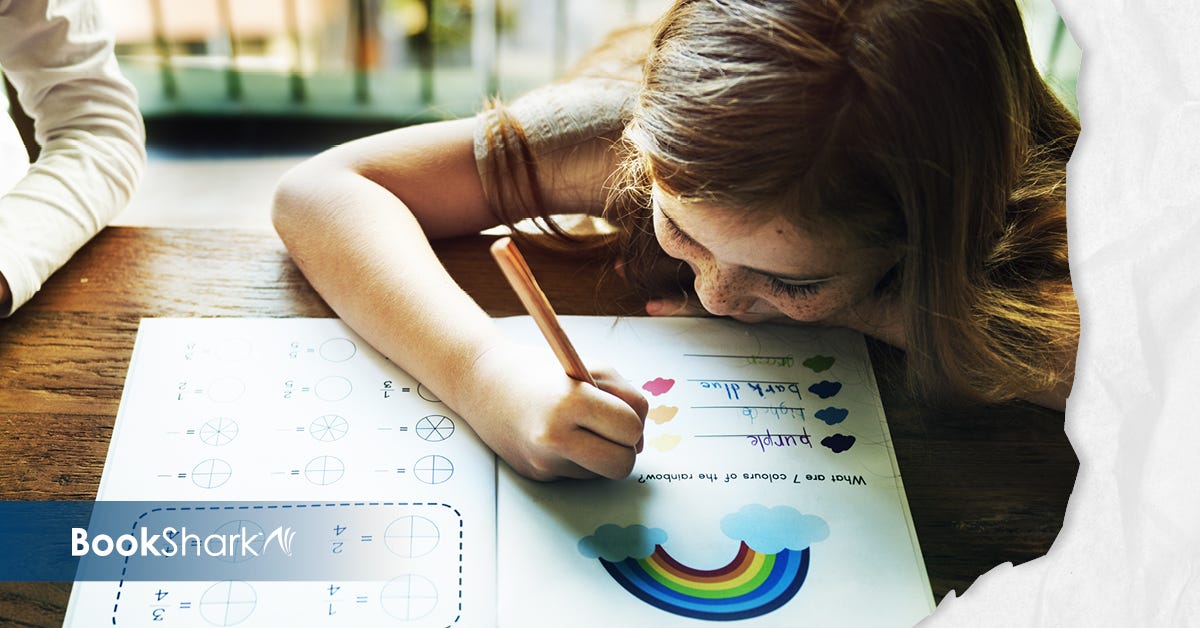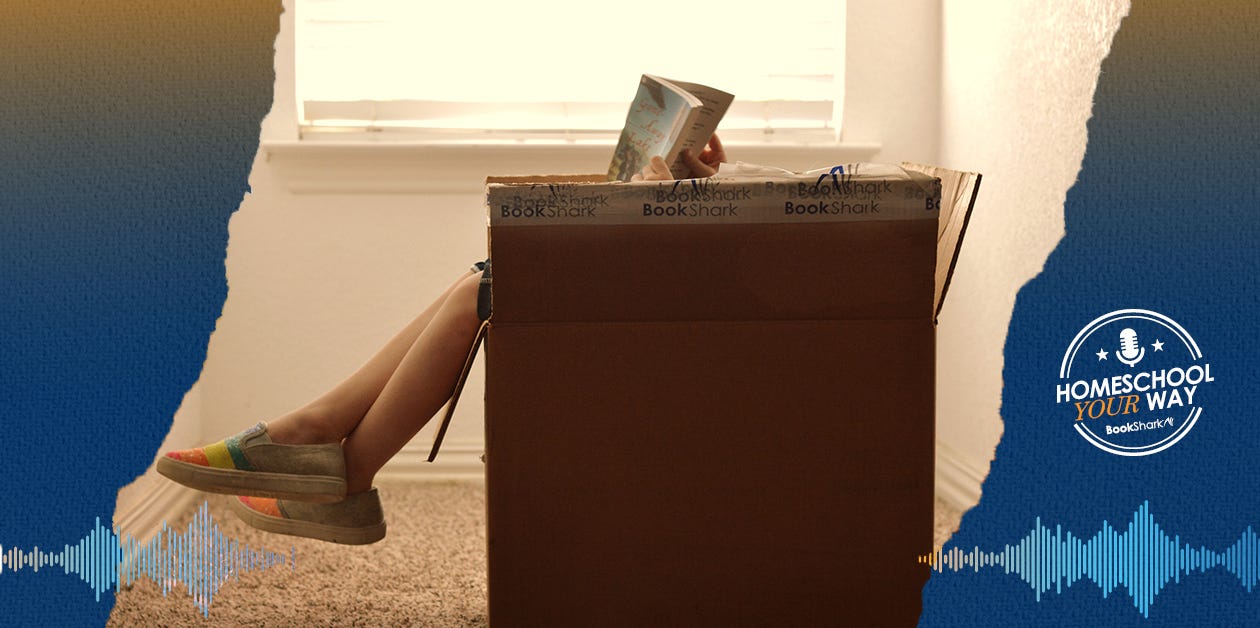How to Crush Math Fears Before They Take Root
-
 By
Tina Robertson
By
Tina Robertson
- Feb 7, 2017

Although figuring the appropriate tip amount for my waiter still gives me a tinge of stress, I fortunately didn’t pass my math anxiety to my sons. Today, two of my homeschool graduates find math stimulating and even rewarding. Understanding how to crush homeschool math fears in the early years made all the difference in not passing on my math phobia and ensuring my sons are proficient with the subject.
A Foundation for Homeschooling Math
Digging deep to understand the foundation of math helped me teach it in a creative way. I wanted my sons to explore the world of numbers and patterns in a fun, non-intimidating way. When numbers and their value are introduced to young children, it should be done gently. Some math programs move too fast from the concrete to the abstract level.
Basic operations like multiplication, division, subtraction and addition have to be mastered first without rushing the mental process. We all know how simple computation errors can throw off complex equations in higher math.
This mastery happens only by practice. Instead of focusing on completing workbooks, I tracked how well my sons mastered the concepts. I reduced assignments to only odd or even problems if the drill was overkill. We used flashcards, games, manipulatives, and mental math for practice. Many days we collaborated as a family by talking through story problems together. Modeling what I knew about the story and what I wanted to know steered my boys in the right direction—an investigative one.
Math has been likened to learning a foreign language. While that is true, there is ample wiggle room for those who want to explore the creative side of math. Yes, math can be creative.
For example, while teaching addition, we played games with medicine caps filled with beans and dice. Rolling out dice or lima beans, the object was to see how many different combinations each son could get.
In addition, I used children’s picture books to show basic subtraction and addition. I tied math into subjects where I had a greater confidence such as history and geography. For example, learning how our place value system is different from that used by Ancient Egyptians sparked more enthusiasm for number sleuthing. And puzzles like tangrams consumed our day.

And no, the problem doesn’t always have to be solved. Buck that mindset.
When I was in school, panic would set in if I had to find an answer to a problem I didn’t understand. With homeschooling, we don't have to put that pressure on a child. If a child can’t get the answer, it’s okay to use a calculator, come back to it another day, or even give up after a short period of wrestling with the question.
Imagine your child is writing a composition. When he comes to a word he doesn’t know how to spell, you don’t turn that into a phonics lesson. You simply tell him how to spell it while he continues writing his creative thoughts. Math is the very same in the beginning. Don’t make a child stress over the answer. Instead focus on how the answer is uncovered. Solving the problem is the next natural step but only after they understand the concepts underlying the solution.
Secrets Only Math Lovers Know
Each child develops differently. Although repetition is a powerful way to learn, forcing a child to continue working on something that eludes him can whittle away his math confidence. Remember that you can always come back later to whatever he is not understanding today.
Take time to understand the brain of math lovers and then copy it. Math is just not for left brain people.
While my kids were young, I tapped into the brains of math lovers by talking to other homeschool moms, and I read books by people who loved math. What could I learn from them to teach my sons? I discovered that math lovers had these in common:
- knowing how to compare and connect facts
- being tolerant of frustration
- patiently lingering over a formula
- deciding if there is an easier way to figure out a problem
- drawing pictures if necessary
Now, all I had to do was to repeat those habits. And I’m so glad I did.
Learn what real math ability is first, then teaching math will come alive. I’m still more comfortable with prose than digits, but we can pass on to our children the skills needed to be masterful mathematicians and the ability to write simply and meaningfully.
About the Author
 Tina Robertson celebrated the graduation of Mr. Senior in 2013 and Mr. Awesome in 2015. Because of her love for new homeschoolers, she mentors moms through her unique program called New Bee Homeschoolers. She loves all homeschoolers, though, as she shares her free 7 Step Curriculum Planner, unit studies, lapbooks and homeschooling how tos. She can't sing, dance, or craft, but she counts organizing as a hobby. She is still in the homeschool trenches blogging at Tina's Dynamic Homeschool Plus.
Tina Robertson celebrated the graduation of Mr. Senior in 2013 and Mr. Awesome in 2015. Because of her love for new homeschoolers, she mentors moms through her unique program called New Bee Homeschoolers. She loves all homeschoolers, though, as she shares her free 7 Step Curriculum Planner, unit studies, lapbooks and homeschooling how tos. She can't sing, dance, or craft, but she counts organizing as a hobby. She is still in the homeschool trenches blogging at Tina's Dynamic Homeschool Plus.











